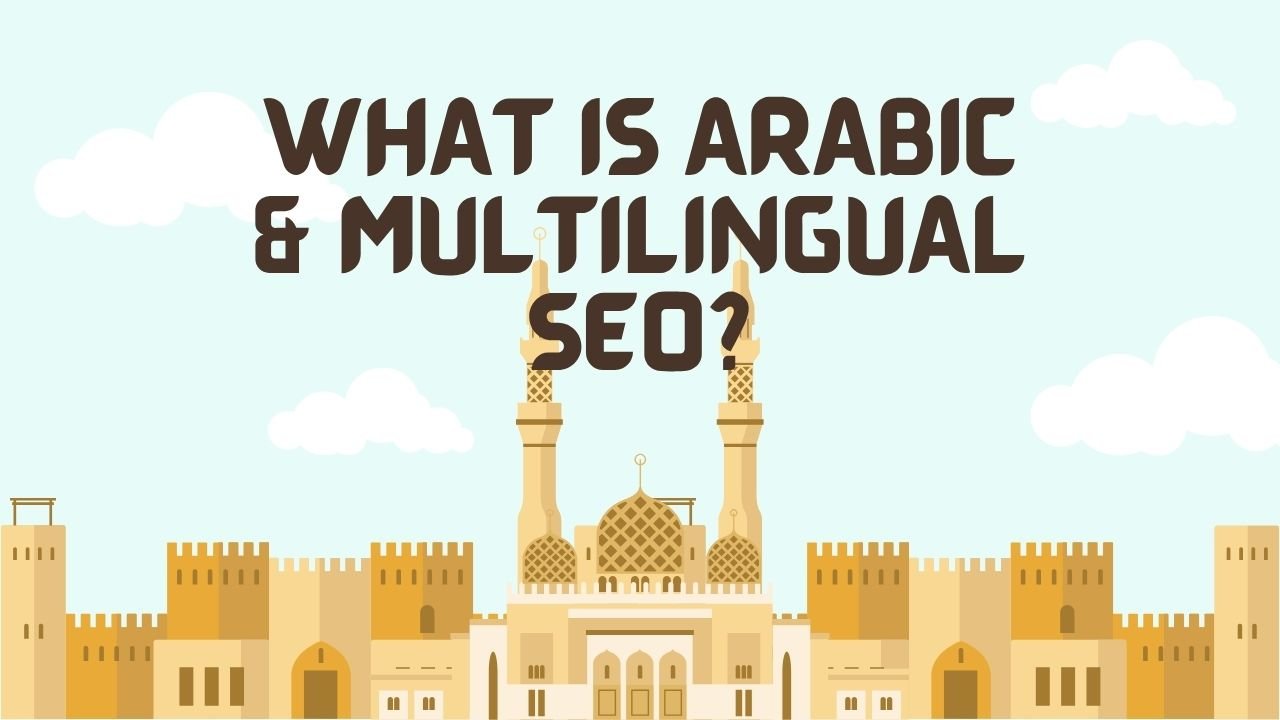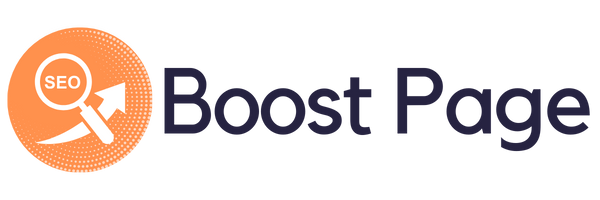
So, let me tell you something funny right off the bat. When people hear SEO, they think it’s just about throwing some English words into Google’s hungry mouth and waiting for traffic to roll in. Truth be told, I thought the same when I first started poking around with websites years ago. I figured hey, if I can get my site to rank in English, that’s enough, right?
But the internet isn’t just English. Not even close. You know this already, but sometimes we forget it: people search in Arabic, in Spanish, in French, in languages you and I might never fully learn. And here’s the kicker if your website isn’t speaking their language, it’s basically invisible to them.
That’s where Arabic SEO and multilingual SEO come into play.
The Basics (But Not Too Boring)
Let’s not drown in definitions. SEO, as you know, is Search Engine Optimization. Fancy way of saying: “make your website show up when people search.” Now, Arabic SEO? It’s just SEO tailored for Arabic-speaking users. Same deal with multilingual SEO it’s optimizing for multiple languages so your site can reach a bigger crowd.
But it’s not just translation. That’s the trap most newbies fall into. They copy-paste English text into Google Translate, slap it on their site, and think done! Nah. Search engines are smarter, and people? Way smarter. They can smell a bad translation from a mile away. And if they don’t trust your words, they don’t trust your brand.
Why Arabic SEO Even Matters
Quick story. A friend of mine runs an online clothing shop. At first, all his ads, all his website content it was English. He thought, “Pakistanis, Egyptians, Saudis… everyone knows English well enough.” Wrong. He was getting traffic, sure, but when he finally added proper Arabic descriptions for his products, his sales doubled. Doubled.
Why? Because language is comfort. It’s familiarity. If I’m buying shoes and I see them described in my mother tongue, I trust it more. You feel seen.
Arabic SEO matters because Arabic is one of the most spoken languages in the world (400+ million speakers). If you’re ignoring that, you’re literally leaving money, traffic, and opportunities sitting on the table.
Multilingual SEO – Bigger Than Just Arabic
Now, let’s zoom out. Multilingual SEO is like opening doors in a house you didn’t even know you had. You thought you had one room (English-speaking visitors), but really, there are ten more rooms waiting (Spanish, Arabic, Hindi, Chinese, etc.).
The idea is simple: instead of writing just for English searchers, you set up your site so people from different countries can find it in their own language.
And here’s where it gets tricky Google isn’t the same everywhere. In China, you’ve got Baidu. In Russia, Yandex. In the Middle East, Google still dominates but user behavior is different. You can’t just copy-paste strategies.
Challenges Nobody Warns You About
This is where reality kicks in. You’d think multilingual SEO is just about hiring a translator, but nope. There are pitfalls:
- Keywords don’t always translate. The English word “car rental” might translate differently in Arabic depending on region. One phrase might get 10k searches in Cairo, while another gets nothing.
- Right-to-left design. Arabic is read right-to-left. If your website isn’t set up to handle that, it looks broken or untrustworthy.
- Cultural context. Certain images or phrases that work fine in English might look odd or even offensive in Arabic.
And then well, you know how it goes. You fix one thing, something else breaks.
Tools That Actually Help (When You’re Stuck)
I’m not gonna give you some perfect polished list, but here are a few tools I’ve used (and cursed at) when dealing with multilingual SEO:
- SEMrush and Ahrefs – solid for keyword research, but sometimes Arabic data is thin.
- Google Keyword Planner – still surprisingly useful if you dig deep.
- Native speakers – not a “tool,” but honestly the best resource. Pay someone who lives the language to check your content. You’ll thank me later.
Because no matter how smart AI gets, there’s something about human nuance it still misses.
A Quick Example (Imagine This)
Picture this: you own a travel website. You’ve got an English article titled “Best Places to Visit in Dubai.” It ranks well for English speakers. But what about Arabic speakers searching “أفضل أماكن للزيارة في دبي”?
If your site doesn’t have a page for that, Google won’t show you. That’s thousands of missed visitors. And maybe those visitors are the ones who’d actually book tours through your site, not just window-shop.
That’s the difference Arabic SEO makes it gives you access to audiences you didn’t even know you were ignoring.
Practical Steps (But Keep It Simple)
Alright, so what do you actually do if you want to start with Arabic or multilingual SEO? Let’s keep it down-to-earth:
- Do real keyword research. Don’t assume translations are correct. Check what people actually search for.
- Create separate pages for each language. Don’t just dump translations on the same page. Use proper hreflang tags.
- Fix design issues. Make sure your site supports right-to-left text if you’re targeting Arabic.
- Think about culture. Use images, references, and examples that make sense locally.
- Test, test, test. Sometimes what works in one country flops in another. That’s fine. Learn and adjust.
It’s not rocket science. But it does take effort.
Mistakes I’ve Seen (And Made)
You might laugh, but I once launched a client’s multilingual site with the wrong hreflang codes. Instead of telling Google “this is the Arabic page,” we basically told it “this is the French page.” Guess what? Neither ranked. Took us weeks to fix it.
Another classic mistake: auto-translating reviews. Man, if you’ve ever read a review that says something like “The food is to my happiness level greatness,” you know how awkward that feels. Don’t do it.
The Bigger Picture
At the end of the day, Arabic SEO and multilingual SEO aren’t just technical tricks. They’re about respect. Respecting the fact that people want to experience the web in their own language. Respecting the small cultural details that make someone feel at home.
And, let’s be real it’s also about business. Because when you respect people enough to talk in their language, they’re more likely to buy from you, trust you, and share your brand.
Quick Comparison: Arabic SEO vs. Multilingual SEO
| Aspect | Arabic SEO (Focused) | Multilingual SEO (Broader) |
| Language Target | Just Arabic-speaking users (400+ million people) | Multiple languages (Spanish, French, Hindi…) |
| Design Needs | Right-to-left layouts, cultural imagery | Different layouts depending on each language |
| Keyword Challenges | Regional differences in Arabic words | Each language has unique search habits |
| Search Engines | Mostly Google in MENA, but behavior varies | Google, Baidu, Yandex, Naver, etc. |
| Complexity | Medium – one language, but tricky details | High – juggling many languages at once |
| Best For | Businesses targeting the Middle East & North Africa | Global brands wanting wider reach |
Final Thoughts (Not Polished, Just Honest)
You know, writing this reminds me of late-night talks with friends where we drift from one idea to another. The truth is, SEO can feel cold and mechanical sometimes algorithms, rankings, updates. But when you zoom out, it’s really just about humans trying to connect with other humans.
Arabic SEO? Multilingual SEO? Those are just bridges. They help you reach people you couldn’t reach otherwise.
And if you ask me what’s the point of building websites if not to connect?
At the end of the day, I don’t care how “perfect” your site looks. If someone clicks and feels like you’re talking to them in their own words, you’ve already won.
Funny thing is… the internet feels so global, yet it’s still so personal. Maybe that’s the lesson.





